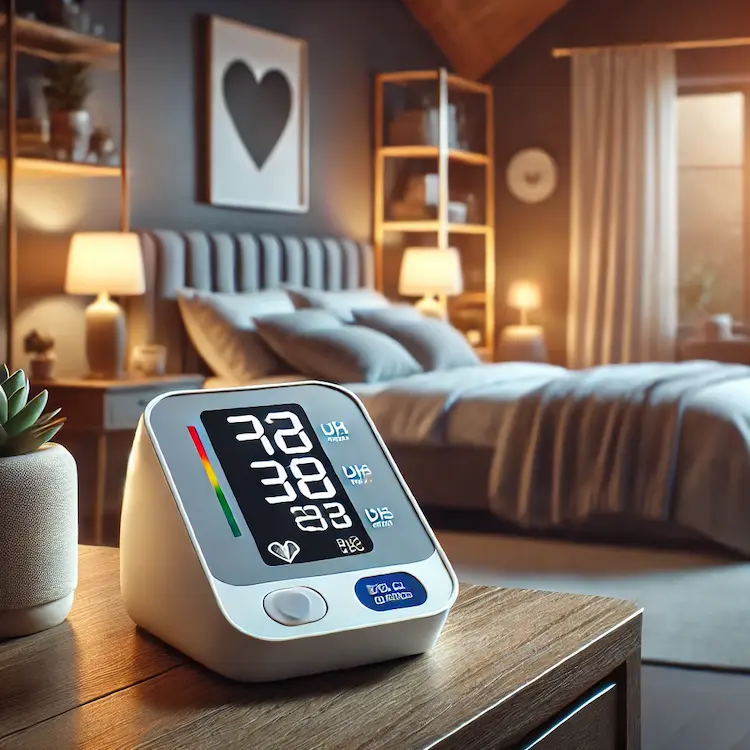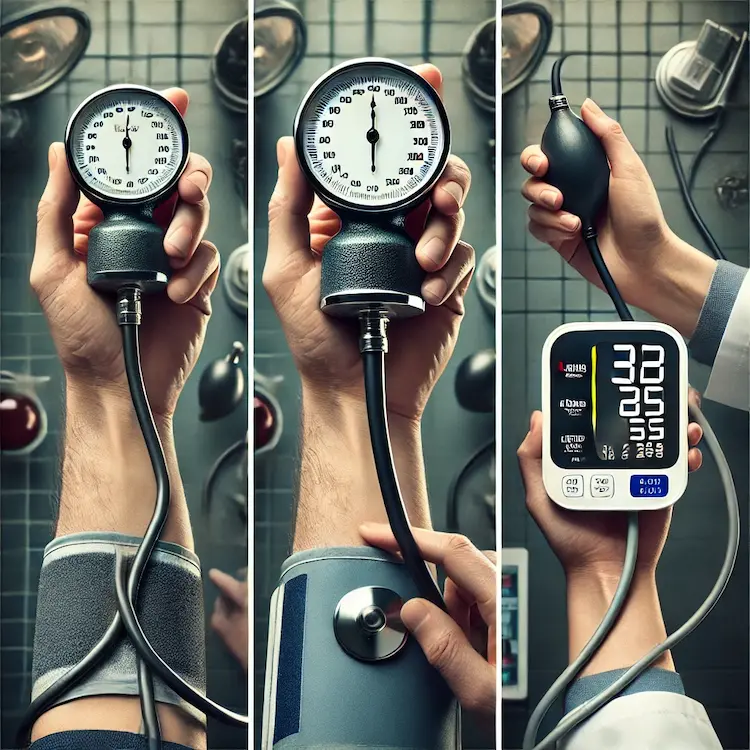Heart disease remains one of the leading causes of death worldwide. Early detection and management of high blood pressure (hypertension) are crucial in preventing severe cardiovascular conditions such as heart attacks, strokes, and heart failure. Sphygmomanometers for Heart Disease Prevention, commonly known as blood pressure monitors, play a pivotal role in tracking and managing blood pressure levels.
This article explores the importance of sphygmomanometers in preventing heart disease, comparing different types, discussing their impact on health and society, and providing actionable insights for proper blood pressure monitoring.
Understanding the Role of Sphygmomanometers in Heart Disease Prevention
The Link Between Hypertension and Heart Disease
High blood pressure, often referred to as the “silent killer,” is a primary risk factor for heart disease. When blood pressure remains elevated over time, it places excessive strain on the heart and blood vessels, leading to:
- Arterial damage
- Increased risk of heart attacks and strokes
- Kidney complications
- Vision problems
Regular blood pressure monitoring helps individuals take proactive steps in controlling their cardiovascular health before serious conditions develop.
Types of Sphygmomanometers and Their Effectiveness
There are several types of sphygmomanometers, each with its advantages and limitations. The three main types include:
Mercury Sphygmomanometers
How It Works: Uses mercury columns to measure blood pressure manually with a stethoscope.
- Pros:
- High accuracy and reliability
- Considered the gold standard for clinical measurements
- Cons:
- Requires professional training
- Mercury toxicity risk
- Bulky and not portable
Aneroid Sphygmomanometers
How It Works: Uses a dial gauge instead of mercury, with readings obtained manually via a stethoscope.
- Pros:
- No mercury, making it safer for home and clinical use
- More affordable than mercury sphygmomanometers
- Cons:
- Prone to calibration errors
- Requires skill to use accurately
Digital (Oscillometric) Sphygmomanometers
How It Works: Uses electronic sensors to detect blood pressure and display results on a screen.
- Pros:
- Easy to use at home
- No professional training required
- Available in wrist and upper-arm models
- Cons:
- Slightly less accurate than manual methods
- Can be affected by improper cuff placement
Comparison Table: Types of Sphygmomanometers
| Type | Accuracy | Ease of Use | Portability | Professional Use |
|---|---|---|---|---|
| Mercury | ⭐⭐⭐⭐⭐ | Requires training | Bulky | Yes |
| Aneroid | ⭐⭐⭐⭐ | Requires training | Portable | Yes |
| Digital | ⭐⭐⭐ | Very easy | Compact | No |
Why Regular Blood Pressure Monitoring Matters
Early Detection of Hypertension
Consistently monitoring blood pressure allows individuals to detect hypertension early and take appropriate steps to control it.
Medication and Lifestyle Adjustment
Doctors often prescribe antihypertensive drugs and lifestyle modifications, such as:
- Reducing sodium intake
- Engaging in regular physical activity
- Managing stress
- Quitting smoking
Frequent monitoring helps determine whether these interventions are effective.
Preventing Organ Damage
High blood pressure can lead to long-term organ damage, particularly to the heart, kidneys, and brain. Routine monitoring enables early intervention to prevent such complications.
Reducing Healthcare Costs
Managing blood pressure proactively reduces the likelihood of expensive hospitalizations, surgeries, and long-term medication costs.
How to Measure Blood Pressure Correctly
To ensure accurate blood pressure readings, follow these guidelines:
- Choose the Right Cuff Size – Using an incorrectly sized cuff can lead to inaccurate readings.
- Sit in a Quiet, Resting Position – Avoid measuring blood pressure after physical exertion or stress.
- Place the Cuff at Heart Level – Position the cuff on the upper arm (for upper-arm monitors) or the wrist (for wrist monitors).
- Avoid Caffeine and Smoking – Stimulants can temporarily raise blood pressure.
- Take Multiple Readings – Measure blood pressure at different times of the day to get an accurate average.
Blood Pressure Monitoring Trends and Future Innovations
With the advancement of medical technology, sphygmomanometers have evolved significantly. Some emerging trends include:
- Smart Blood Pressure Monitors – Devices that sync with mobile apps for real-time monitoring and long-term tracking.
- Wearable BP Monitors – Smartwatches and fitness bands capable of measuring blood pressure continuously.
- AI-Powered Analysis – AI algorithms that analyze patterns in blood pressure readings to predict potential health risks.

Statistical Insights
- According to the World Health Organization (WHO), 1.28 billion adults worldwide suffer from hypertension.
- The American Heart Association (AHA) reports that nearly half of American adults have high blood pressure, but only one in four have it under control.
- Studies indicate that individuals who monitor their blood pressure at home regularly experience a 10-15% reduction in hypertension-related hospitalizations.
Actionable Recommendations for Heart Health
- Monitor Blood Pressure Regularly – Invest in a reliable blood pressure monitor and check your readings at least once a week.
- Adopt a Heart-Healthy Diet – Consume more fruits, vegetables, whole grains, and lean proteins while limiting processed foods and salt.
- Exercise Regularly – Engage in at least 150 minutes of moderate exercise per week.
- Manage Stress – Practice relaxation techniques such as deep breathing, yoga, or meditation.
- Consult Your Doctor – If your blood pressure remains elevated, seek medical guidance to prevent complications.
Conclusion
Sphygmomanometers play an essential role in preventing heart disease by enabling early detection, proper management, and continuous monitoring of blood pressure. Choosing the right type of blood pressure monitor and following best practices for measurement can significantly improve cardiovascular health and reduce the risk of severe complications. As technology advances, more innovative solutions will further enhance blood pressure monitoring, ultimately leading to better heart health outcomes.
Key Takeaways
- Hypertension is a leading cause of heart disease; regular monitoring is essential.
- Mercury sphygmomanometers are the most accurate but require training.
- Digital monitors are the easiest to use but may have minor accuracy limitations.
- Lifestyle modifications, medication, and routine monitoring help control blood pressure.
- Technological advancements in blood pressure monitoring are improving accuracy and convenience.
Actionable Recommendations
- Use a well-calibrated Sphygmomanometers for Heart Disease Prevention
- Track blood pressure readings in a log or digital app.
- Maintain a healthy diet and exercise regularly.
- Seek medical advice if blood pressure remains elevated.
- Stay informed about the latest BP monitoring technology.



